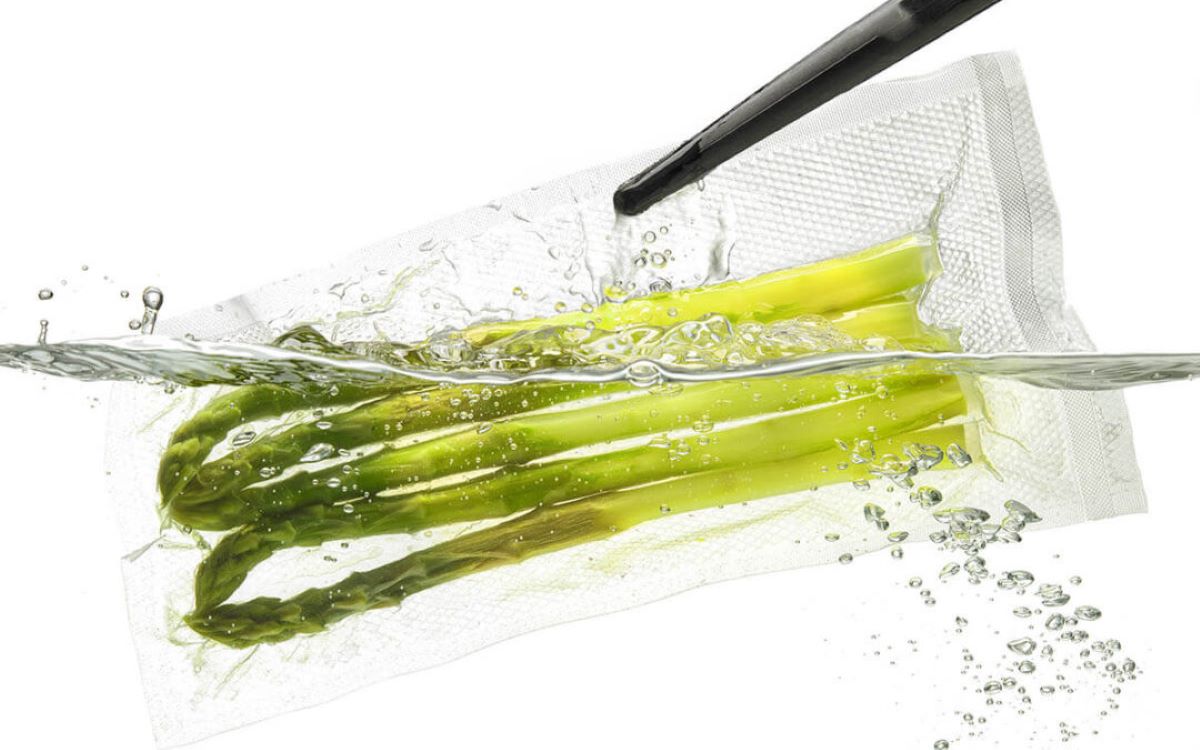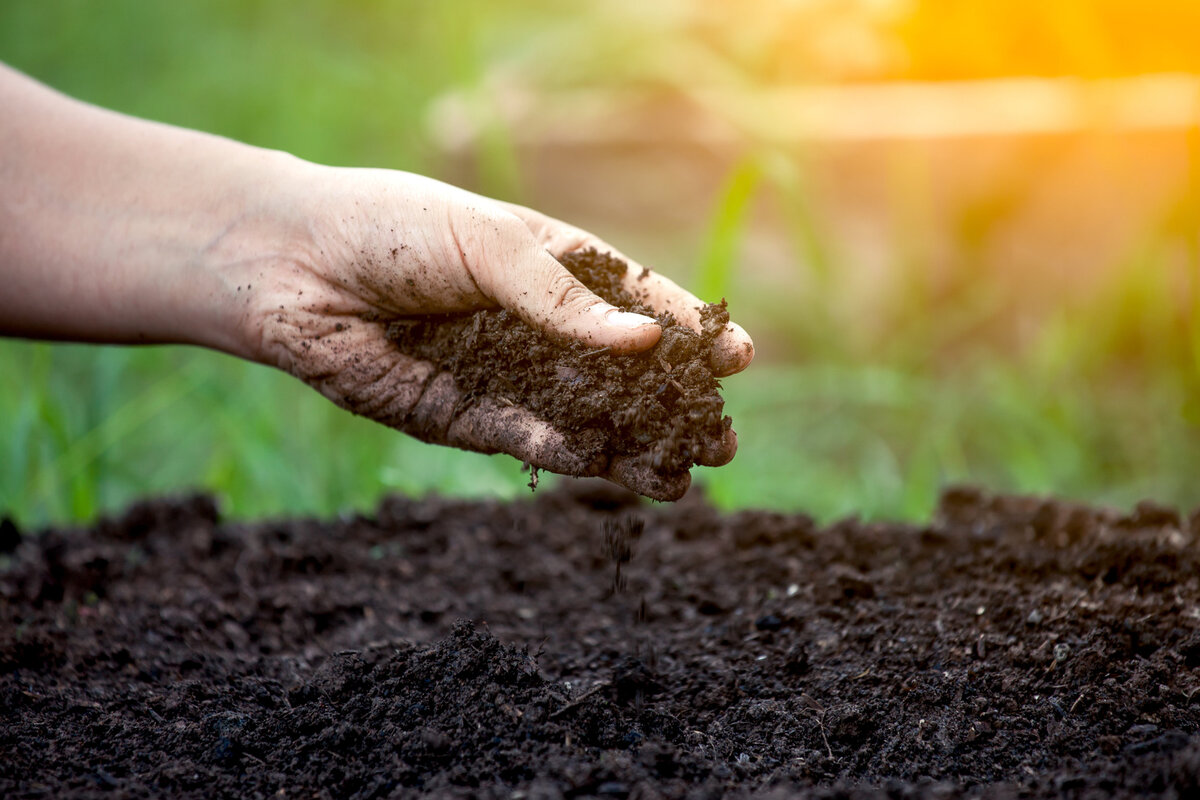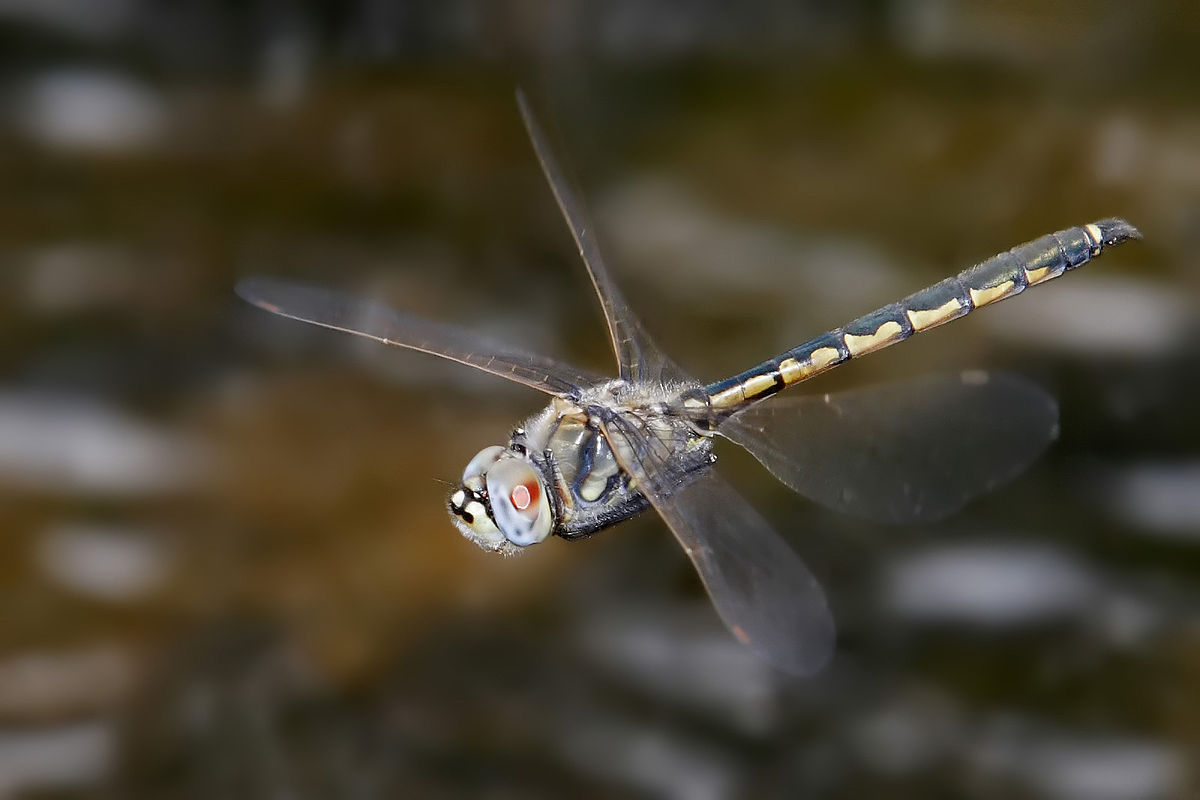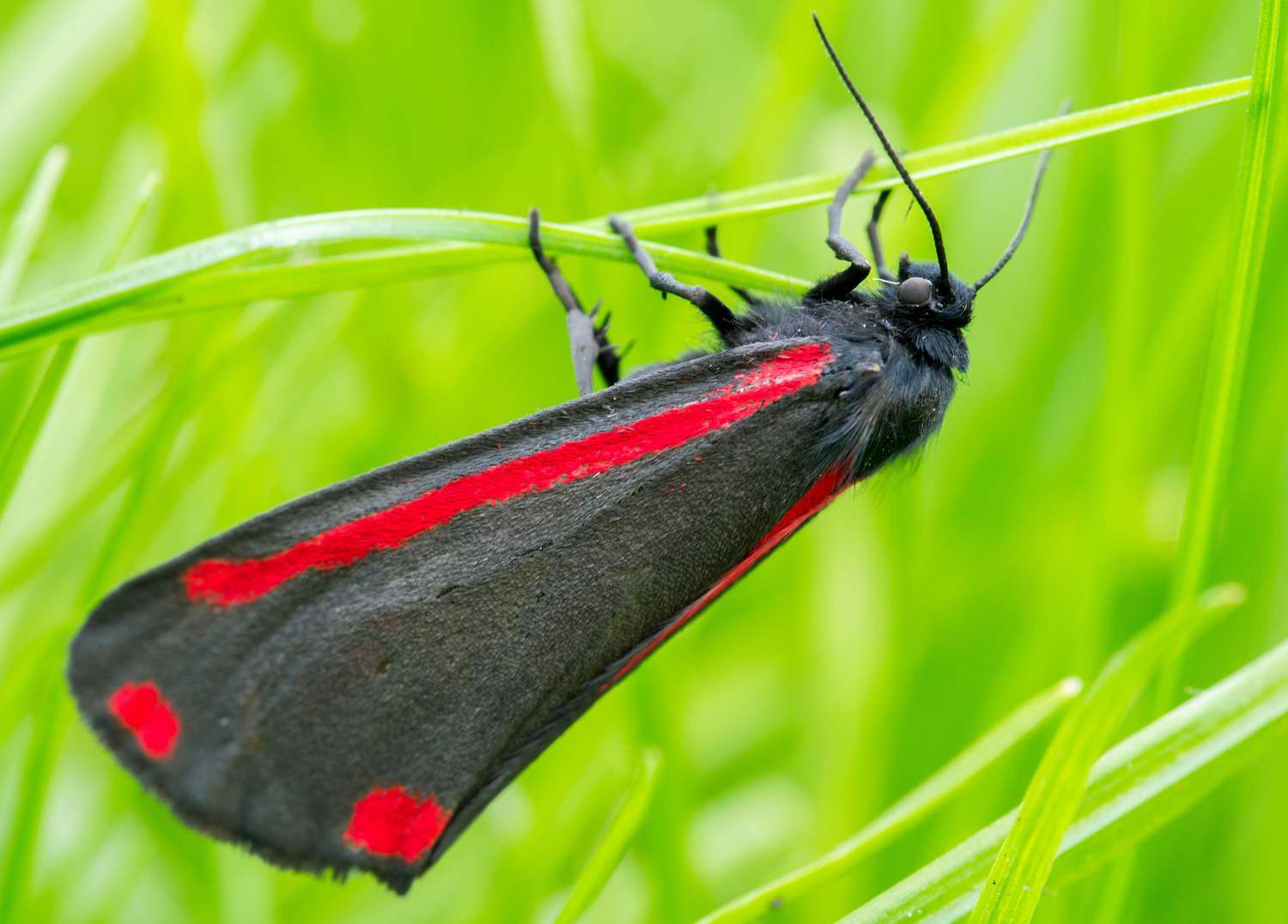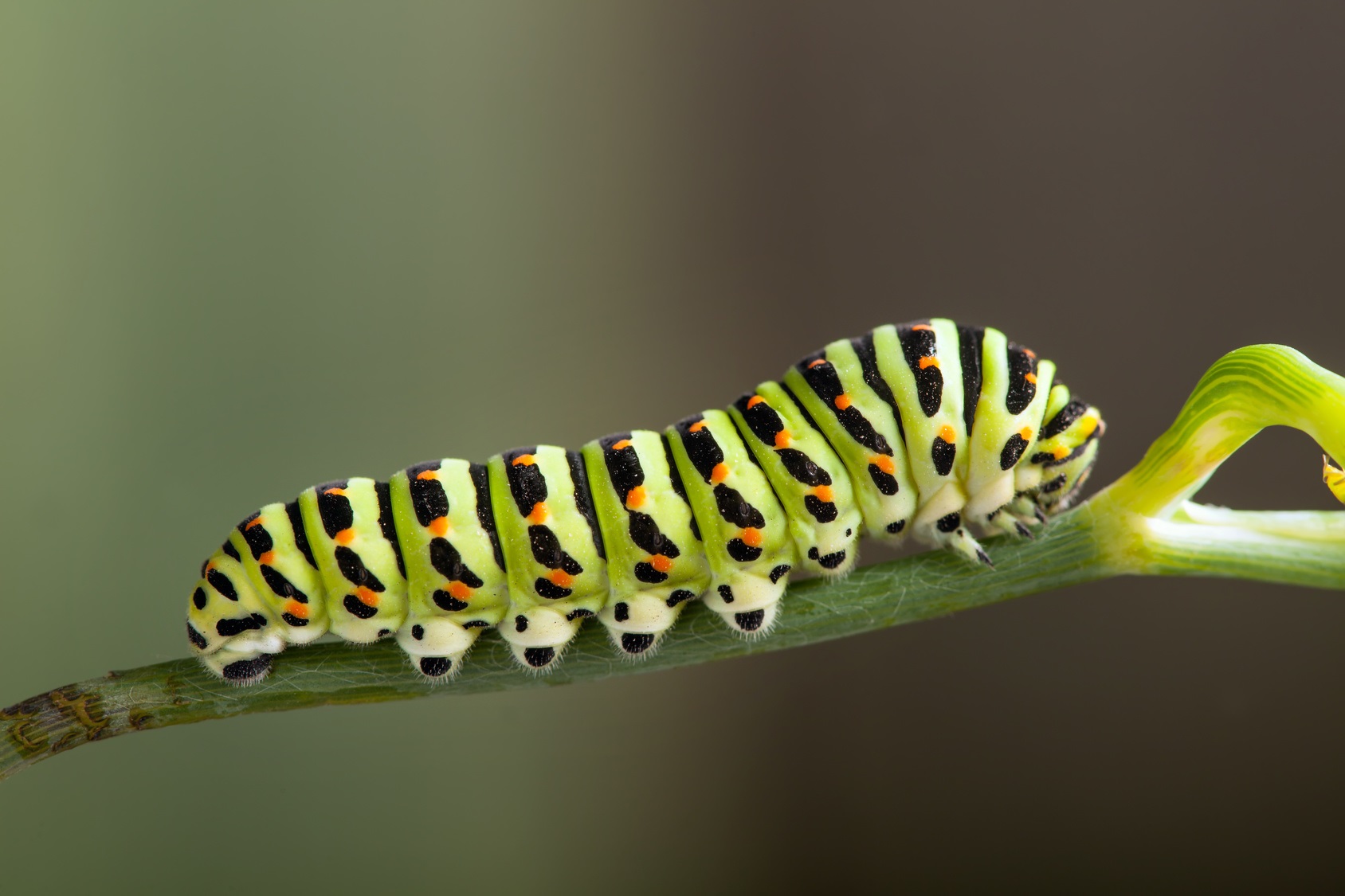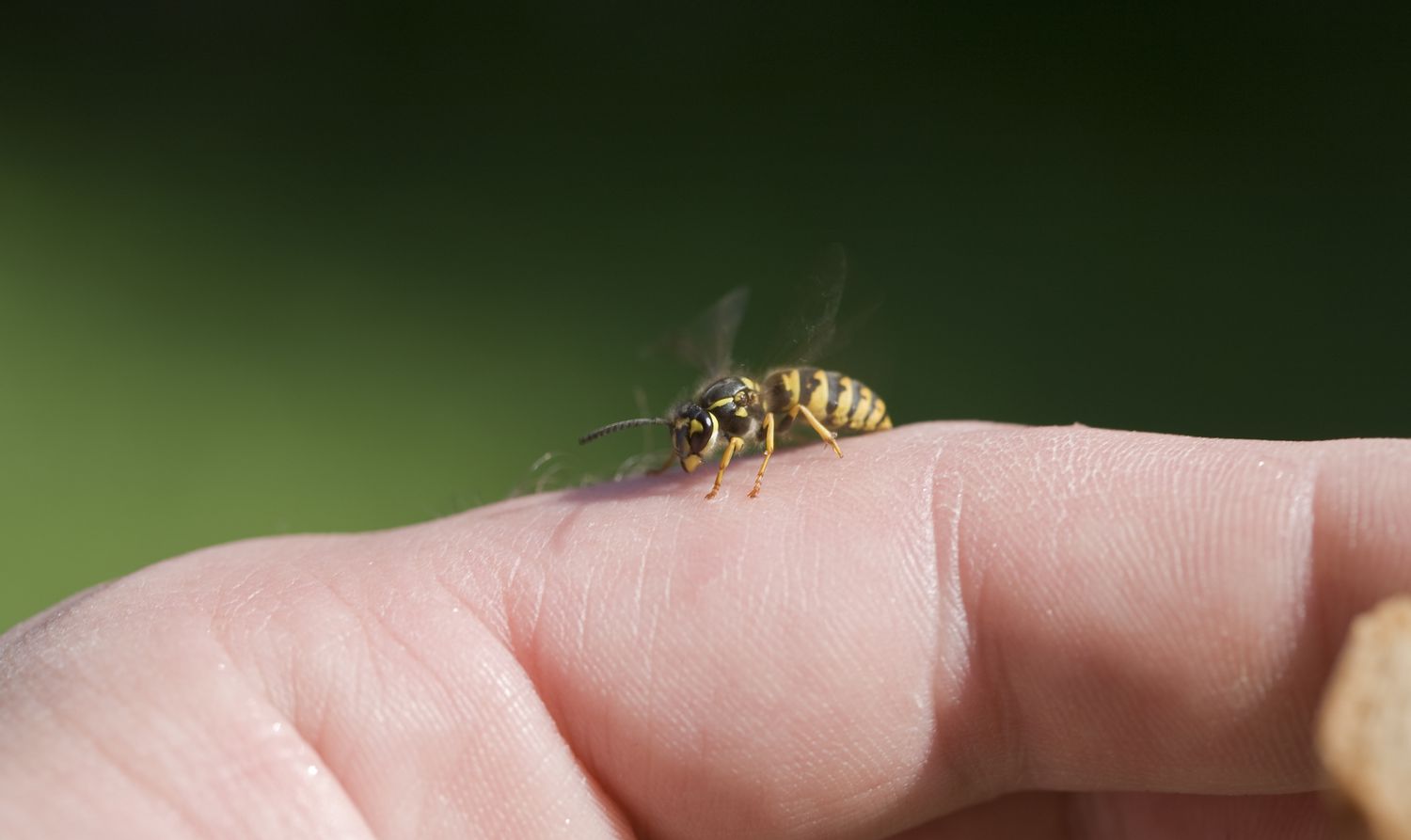Home>Gardening News and Trends>Latest News>What Are Two Specific Standards Involving Insects Rodents And Other Pests


Latest News
What Are Two Specific Standards Involving Insects Rodents And Other Pests
Modified: January 22, 2024
Stay updated with the latest news on two specific standards involving insects, rodents, and other pests. Don't miss out on important information and insights.
(Many of the links in this article redirect to a specific reviewed product. Your purchase of these products through affiliate links helps to generate commission for Chicagolandgardening.com, at no extra cost. Learn more)
Table of Contents
Introduction
Pest control is a crucial aspect of maintaining a healthy and hygienic environment. It plays a vital role in protecting our homes, businesses, and public spaces from the potential harm caused by various pests, including insects, rodents, and other unwelcome creatures. These pests can transmit diseases, damage property, and create nuisance and discomfort for individuals.
Effective pest control relies on adhering to specific standards and regulations to ensure the appropriate management and elimination of pests. Complying with these standards not only guarantees the safety and well-being of humans but also promotes ecological balance and sustainability. Funding and supporting pest control programs allows for the implementation of targeted strategies to combat infestations and prevent future outbreaks.
This article will delve into two specific standards involving insects, rodents, and other pests. By understanding these standards, individuals and businesses will be better equipped to handle pest-related challenges and protect their surroundings from potential threats. Whether you’re a homeowner concerned about bedbugs, a restaurant owner aiming to maintain a pest-free kitchen, or a property manager looking to ensure the well-being of tenants, having knowledge of these standards is essential.
So, what are the two specific standards in pest control that are worth focusing on? Let’s explore the standards for insect control, rodent control, and other pest control measures in detail to gain valuable insights and expertise in maintaining a pest-free environment.
Importance of Pest Control
Pest control plays a critical role in safeguarding our health, protecting property, and maintaining a clean and comfortable living environment. Let’s explore the importance of pest control in more detail.
First and foremost, pest control is vital for the health and well-being of individuals. Pests such as mosquitoes, ticks, and rodents can spread diseases like Lyme disease, West Nile virus, and Hantavirus. By implementing effective pest control measures, we can reduce the risk of these diseases and ensure the safety of ourselves and our loved ones.
Furthermore, pests can cause extensive damage to property and infrastructure. Termites, for example, are infamous for their ability to chew through wood, causing structural damage to buildings. Rodents can gnaw on electrical wiring, potentially leading to fire hazards. Implementing regular pest control measures can prevent such damage and save us from costly repairs.
In addition to health and property concerns, pests can create nuisance and discomfort in our daily lives. Imagine trying to relax in your backyard, only to be constantly bothered by mosquitoes or wasps. Cockroach infestations in kitchens can contaminate food and make it unfit for consumption. By effectively controlling pests, we can enjoy our surroundings without the annoyance and distress caused by these unwanted creatures.
Pest control is not just important on an individual level but also on a larger scale. In agriculture and food production, pests pose a significant threat to crops and livestock. Insect pests can destroy crops, leading to economic losses for farmers and potential food shortages for communities. Implementing pest control measures in agriculture helps ensure a stable food supply and supports the global economy.
Lastly, pest control plays a crucial role in maintaining ecological balance. While it is necessary to control pests that pose threats to human health and property, it is equally important to preserve the ecosystem and protect beneficial species. Integrated Pest Management (IPM) techniques focus on minimizing the use of chemical pesticides and promoting environmentally friendly pest control methods. This approach ensures that the balance between pests and their predators or natural enemies is maintained, minimizing the risk of ecological imbalances.
Overall, the importance of pest control cannot be overstated. It is essential for our health, property protection, comfort, agriculture, and ecological sustainability. By understanding and implementing effective pest control measures, we can create a safer, healthier, and more harmonious living environment for everyone.
Standards for Insect Control
When it comes to insect control, there are specific standards and guidelines that professionals and individuals should follow to effectively manage and eliminate infestations. Let’s explore some of these standards in more detail.
1. Integrated Pest Management (IPM): IPM is an approach that focuses on long-term prevention and control of pests while minimizing the use of chemical pesticides. It involves a combination of strategies such as monitoring, habitat modification, cultural practices, biological controls, and targeted use of pesticides. By implementing IPM, we can address insect issues in a sustainable and environmentally friendly manner.
2. Inspection and Identification: Proper insect control begins with a thorough inspection to identify the species and determine the extent of the infestation. This step is crucial for implementing targeted control measures and selecting the most appropriate treatment options. Professional pest control companies employ trained entomologists and technicians who can accurately identify insects and develop effective control plans.
3. Source Elimination: One of the key principles in insect control is eliminating the source of the infestation. This may involve sealing cracks and crevices, repairing plumbing leaks, removing food and water sources, and improving sanitation practices. By removing the factors that attract and sustain insects, we can significantly reduce their populations.
4. Chemical Control: In certain situations, chemical insecticides may be necessary to control severe infestations. However, their use should be a last resort and carried out by trained professionals. It is important to follow strict safety measures, including the appropriate selection and application of pesticides, to minimize the health and environmental risks associated with their use.
5. Continuous Monitoring and Maintenance: Insect control is an ongoing process that requires regular monitoring and maintenance. Even after the initial treatment, periodic inspections should be conducted to detect any new infestations or signs of reinfestation. This allows for prompt intervention and prevents the situation from escalating.
By adhering to these standards for insect control, whether in residential properties, commercial establishments, or public spaces, we can effectively manage and mitigate insect infestations. It is important to note that depending on the type of pest and the severity of the infestation, professional assistance may be required to ensure the most effective control measures are implemented.
Standards for Rodent Control
Rodents, such as mice and rats, can cause significant damage to property, contaminate food, and spread diseases. Effective rodent control requires adherence to specific standards and guidelines. Let’s explore some of these standards in more detail.
1. Inspection and Detection: Proper rodent control begins with a thorough inspection to identify the presence of rodents, locate their nests, and assess the extent of the infestation. Trained professionals can use their expertise to identify rodent entry points, such as gaps in walls, pipes, and vents. Detection methods, such as bait stations and rodent traps, can also be employed to confirm the presence of rodents.
2. Exclusion and Seal-off: Once the infestation is confirmed, it is crucial to seal off entry points and prevent rodents from entering or re-entering the premises. This may involve sealing cracks, repairing damaged screens, and installing door sweeps. By excluding rodents from the property, we can minimize the risk of future infestations.
3. Sanitation and Food Storage: Rodents are attracted to sources of food and shelter. Maintaining cleanliness and practicing proper food storage and disposal is essential to prevent rodent infestations. This includes storing food in sealed containers, removing food scraps promptly, and keeping outdoor areas free from debris that may provide hiding places for rodents.
4. Trapping and Removal: Trapping is a common method used in rodent control. It involves setting up snap traps or live traps to capture and remove rodents from the premises. Traps should be strategically placed in areas of high activity, such as near nesting sites or along travel paths. It is important to regularly check and empty traps to ensure their effectiveness.
5. Monitoring and Follow-up: Rodent control is an ongoing process that requires continuous monitoring and follow-up. Even after successful removal, regular inspections should be conducted to ensure that new infestations do not occur. Monitoring can help identify any signs of rodent activity early on and allow for prompt intervention.
6. Integrated Pest Management (IPM): IPM techniques can also be applied to rodent control. This includes using biological controls, such as introducing natural predators like cats or implementing habitat modifications to deter rodent activity. By combining multiple control strategies, rodent control can be more effective and sustainable.
By adhering to these standards for rodent control, we can effectively manage and prevent rodent infestations. It is important to remember that severe infestations may require professional assistance for more advanced control measures. Timely intervention and strict adherence to these standards can help protect property, ensure food safety, and promote a healthy living environment.
Standards for Other Pest Control
In addition to insect and rodent control, there are specific standards and guidelines for managing other types of pests. Let’s explore some of these standards in more detail.
1. Birds: Birds can become pests when they nest in or around buildings, causing property damage and health hazards. Standards for bird control include the use of deterrents such as bird spikes, netting, and sound devices. It is important to use humane methods that do not harm the birds while effectively discouraging them from nesting in unwanted areas.
2. Termites: Termites are notorious for their ability to cause extensive damage to wooden structures. Standards for termite control include regular inspections to detect termite activity, using chemical barriers or baiting systems to eliminate termite colonies, and implementing preventive measures such as treating soil before construction. Professional termite control services can provide expertise in effectively managing termite infestations.
3. Mosquitoes: Mosquitoes not only cause annoying bites but can also transmit diseases such as malaria, dengue fever, and Zika virus. Standards for mosquito control involve eliminating standing water sources where mosquitoes breed, using larvicides to target mosquito larvae, and employing adult mosquito control methods such as fogging or spraying in infested areas. Public health agencies often take the lead in implementing mosquito control programs.
4. Bed Bugs: Bed bugs have become a significant problem in recent years, infesting homes, hotels, and other establishments. Standards for bed bug control include thorough inspection, heat treatments, and chemical treatments targeting bed bug populations. Proper education and awareness about bed bug prevention and early detection are also important in preventing infestations.
5. Bees and Wasps: While bees and wasps are beneficial insects in terms of pollination, they can become a nuisance or pose health risks when they nest in unwanted areas. Standards for bee and wasp control involve the careful removal and relocation of hives and nests by trained professionals. It is important to employ safe and humane methods, as bees and wasps play a crucial role in the ecosystem.
6. Flies: Flies are not only irritating but also carry disease-causing bacteria. Standards for fly control include proper sanitation, fly traps, and fly baiting methods. Identifying and eliminating breeding sources, such as decaying organic material or standing water, is imperative in reducing fly populations.
Adhering to these standards for other pest control measures allows for the effective management and elimination of various pests. It is important to understand the specific requirements and techniques for each type of pest to ensure optimal results. When dealing with severe infestations or complex pest control issues, consulting with professional pest control services can provide expertise and guidance in implementing the most suitable and effective control measures.
Conclusion
Maintaining effective pest control is crucial for ensuring the health, safety, and comfort of our living and working spaces. By adhering to specific standards and guidelines, individuals and businesses can effectively manage and eliminate pests such as insects, rodents, and other unwelcome creatures.
Insect control standards emphasize the use of integrated pest management (IPM) techniques, thorough inspections, source elimination, and targeted chemical control when necessary. These measures help prevent infestations, minimize the use of pesticides, and promote a sustainable and environmentally friendly approach to pest control.
Similarly, rodent control standards focus on inspection, exclusion, sanitation, trapping, and continuous monitoring. By identifying and sealing off entry points, practicing proper sanitation, and employing appropriate trapping methods, we can successfully manage and prevent rodent infestations.
Other pest control standards address specific types of pests, such as birds, termites, mosquitoes, bed bugs, bees and wasps, and flies. These standards emphasize the use of deterrents, inspections, preventive measures, and targeted treatments to effectively manage and eliminate these pests while minimizing harm to the environment.
Understanding and adhering to these standards are crucial for individuals, businesses, and public health agencies to effectively and responsibly handle pest control challenges. While some pest control measures can be implemented by individuals, severe infestations or complex issues may require the expertise of professional pest control services.
By prioritizing pest control and implementing the necessary measures, we can safeguard our health, protect our property from damage, and create a more comfortable and hygienic living environment. Moreover, effective pest control contributes to ecological balance, protects our food supply, and supports the overall well-being of communities.
So, whether you’re dealing with an infestation in your home, managing pests in your business, or responsible for public spaces, understanding and complying with pest control standards are essential. By staying informed, seeking professional assistance when needed, and taking proactive measures to prevent infestations, we can ensure a pest-free environment for everyone.
